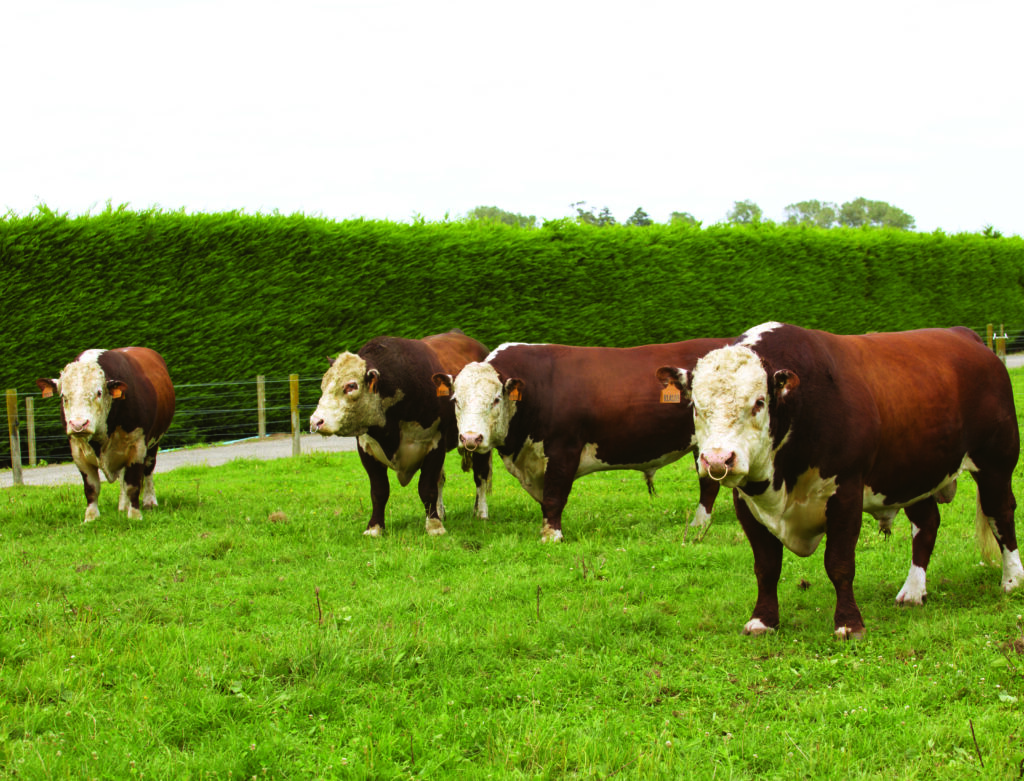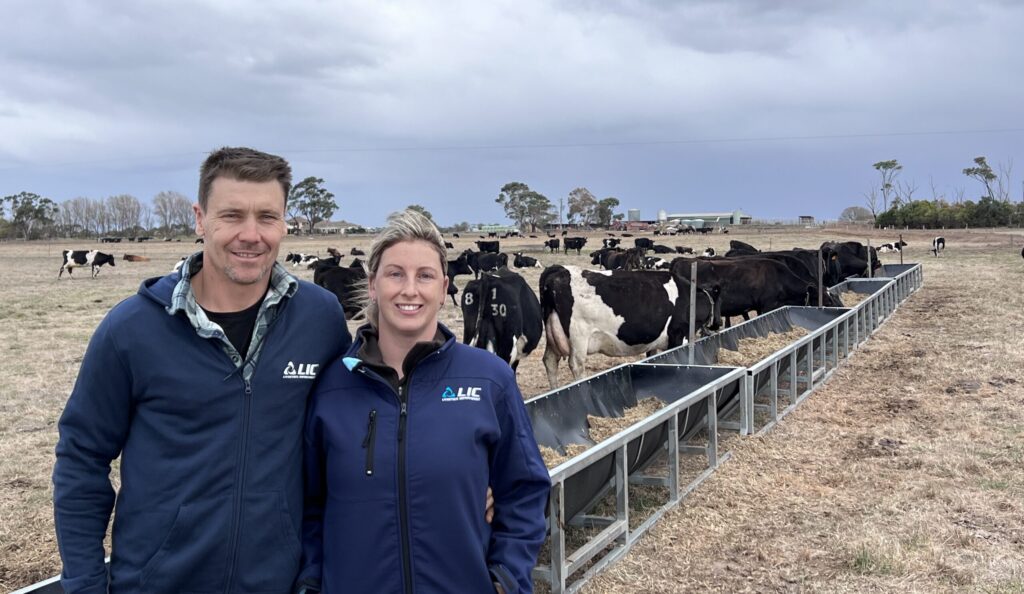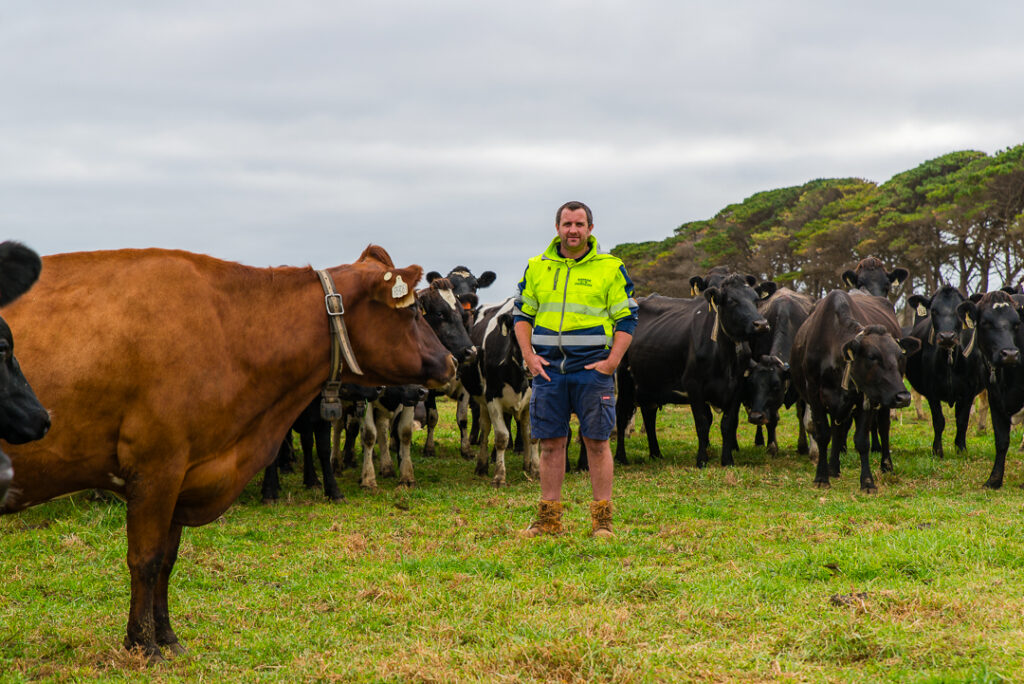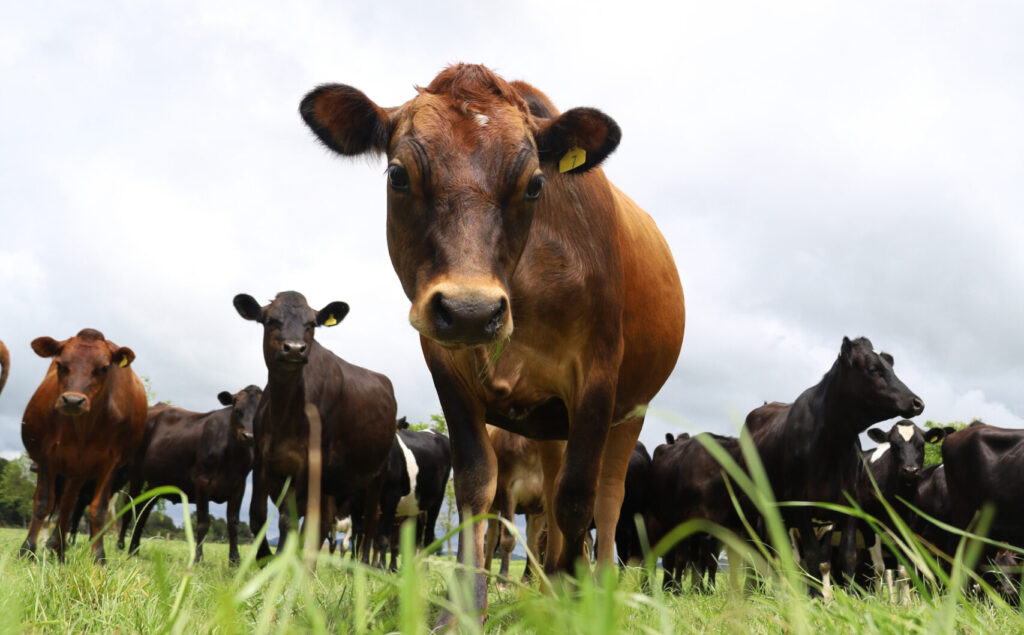Maximising days in-milk means more revenue. You can achieve these vital extra days at the high-producing end of the season by compacting your calving spread with short gestation length (SGL) semen.
With its growing popularity in Australia, let’s explore how this innovative breeding approach is transforming the dairy industry.
Gestation length explained
Natural variation means some animals have shorter gestation lengths than others. The average gestation length of dairy cattle is 282 days, with a spread of +10 days around the expected calving date. The trait is highly heritable, with genetics explaining around half of what you see on farm. Gestation length is also influenced by non-genetic factors such as calf gender, dam age and multiple births.
The great news is that the strong genetic component means farmers can selectively shorten the gestation length of a pregnancy through their breeding choices. For example, a cow mated to a bull with a gestation length breeding value (BV) of -10 days is expected to calve approximately five days earlier than if she was mated to a bull with a BV of zero.
The biggest gains in days-in-milk can be achieved through the use of LIC’s SGL Compact™ semen. The product is the result of an LIC breeding programme that today delivers a bull team that reduces average gestation length by up to 12 days on farm (the team breeding value is -24 days).
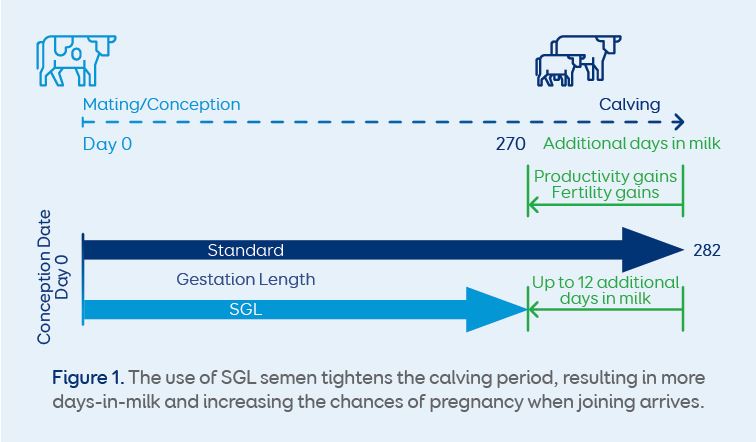
More milk, more profit
SGL Compact™ semen offers farmers more early-lactation days in-milk , bringing in significant additional milk revenue.
For example, based on an $8.50 milk payout at $1.87 kgMS per cow per day, you could stand to earn an extra $190 worth of milk from each cow calving 12 days earlier.
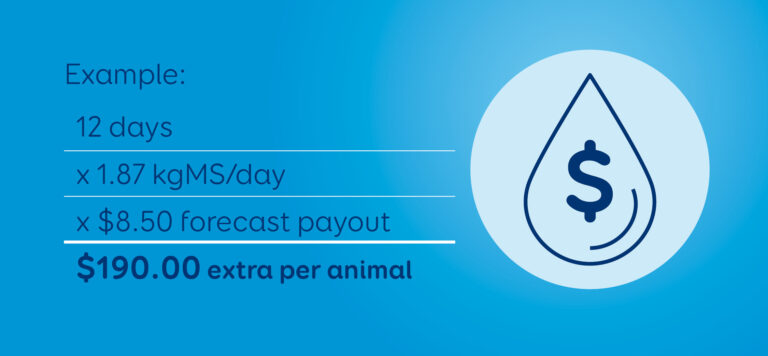
More recovery time, more cows in-calf
Cows that calve earlier in the season have significantly more time to recover before joining begins. Every day earlier makes a difference. Research indicates that with more time to recover, cows are more likely to cycle and get back in-calf within the first six weeks of the breeding period. SGL Compact™ semen is particularly beneficial for late-calving cows, which are inherently at greater risk of reproductive failure.
The value of getting the cow in-calf cannot be under-estimated. A pregnant cow is one fewer that needs replacing, which provides the opportunity for discretionary culling of the cow you would rather see exit the herd.
More efficient alternative to service bulls
Going all-AI (artificial insemination) is an increasingly attractive option for any farmer concerned about biosecurity and risks involved in handling service bulls.
SGL semen offers a safer, cost effective, and more efficient alternative to introducing bulls to the farm. It can reduce dangers to staff and avoid the long list of bull-related challenges like disease introduction, lameness or injury, infertility and fatigue in bulls, or territorial behaviour and infrastructure damage.
It is important to note that SGL Compact™ offspring must not be kept as replacements or bred from.
To avoid accidentally rearing the offspring, we recommend calving cows in-calf to SGL Compact™ semen separately to those in-calf to replacement semen, as the calves look the same as replacement KiwiCross® progeny.
If you don’t want to do this, or you wish to add another revenue stream, you can use SGL Hereford semen to produce a dairy x beef calf that is easy to identify amongst the herd.
By strategically using SGL semen, you can bring calving forward, not only unlocking more days in milk, but also improving reproductive efficiency, and enhancing overall herd management. The result? A more productive, profitable, and sustainable farming operation.
Speak to your District Manager about how to get the best results with SGL semen.
